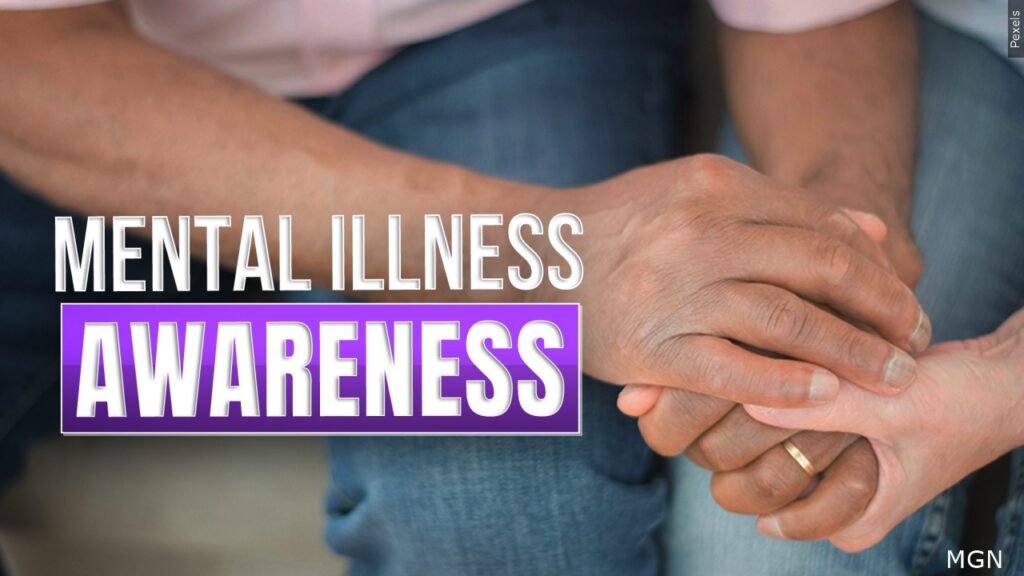Heaven is a fifth-grade student who, due to the pandemic, must complete her final year of elementary online. Sadly, Heaven does not have access to a computer at home. While her family was able to receive one laptop, loaned out through her home school, Heaven also has a sibling in second grade who must learn via Internet. The school requires that all students log into their homeroom class at 8:30 a.m. daily, but Heaven has not had the opportunity to log into her homeroom teacher’s class meeting yet due to having to share the device with her younger sibling. School has been in session for three weeks.
Since the start of the coronavirus pandemic, many school districts have been forced to transition from traditional in-person methods of learning to online platforms. Many families struggled to make it through the final three months of the last school year, so it is no surprise that several students, like Heaven, do not have access to the adequate resources necessary to endure digital learning.
For families in rural and low-income areas, a virtual semester is not ideal. Parents who have to go to work are unable to stay home and help their children during school hours and the task of keeping multiple children on task for several hours a day is difficult when they simply lack the resources.
A survey conducted by the National Center of Education Statistics (NCES) shows that 14% of children, approximately 9 million, aged 3-18 do not have internet access at home. Additionally, an astounding 38% of rural or low-income families reported not having internet because they either could not afford it or because connection was not available in their area. That’s almost 5 million kids without access to materials needed for virtual schooling.
For Title I schools, or schools classified as having a high percentage of students from low-income families, this digital divide is the most concerning. Just in Leon County alone, out of the 50 schools within the Leon County School System, 23 of them are categorized as Title I. This means of the nearly 30,000 students in the districts, almost half of them could possibly face barriers to successfully completing a virtual semester.
Tallahassee resident Dejenabra Meeks understands these barriers as she sends her kindergarten-aged daughter to Florida A&M University Developmental Research School without computer access.
“She has a tablet, but some of the apps they use for school she can’t use on her tablet,” Meeks explains. “While we were able to get a laptop through the school, I also lack a printer. This limits my access to being able to print and we are expected to print packets weekly.”
Several school districts have allocated budgets for computers and other smart devices to be distributed by the schools to families and students in need. Leon County Schools spent nearly $11 million to purchase 34,000 Chromebooks in an attempt to bridge the digital divide between students.
“[We want] to make sure that all students at all of our schools have the same device that they will carry to and from schools every day,” Superintendent Rocky Hanna said to the Tallahassee Democrat.
Unfortunately, all school systems are not equally made, so other families are challenged with securing devices for multiple children engaging in a virtual school year. Kimberly McDaniel has a fourth-grader, seventh-grader and eleventh grader enrolled in Gwinnett County Schools in Georgia. While her home school offers laptops for students without them, they only allow for one device per family to be loaned out. This makes school extremely difficult for the other two children.
“There should be supplemental materials to support their learning,” McDaniel said. She goes on to explain the challenges she faces keeping up with assignments for all children as they all share one device.
“The amount of work for my seventh grader is absurd. It’s being done, in my opinion, to show they are being given work. Where is teaching?” McDaniel said.
As school board members and administrators hear the cries of families without proper access to the Internet and other supplies, many schools across the nation are also providing additional resources to help low-income families receive the supplies and support they need to make it through these times.
Barack Obama Elementary Magnet School of Technology in Decatur, Ga., is classified as Title I and contains a high percentage of families in desperate need of financial support. Principal Angela Bethea talks about the services her school has provided since virtual learning began.
“We have passed out over 700 Chromebooks and set up over 150 hotspots to help students,” Bethea says. “[Additionally], breakfast and lunch are served each day. We also provide supplies to students in need (book bags, pencils, paper, notebooks, Chromebook cases, whiteboards, etc…). We also provide wraparound services for families in need to provide ongoing support and counseling during this pandemic.”
Even with schools providing technology and supplies, some families have been unable to keep up with the demand for digital learning. Several parents and students have set up systems with other parents or family members to help their children receive the proper resources and help during school hours.
Meeks created a system with a group of parents that meet virtually to keep all their kids on track with limited supplies.
“There are 5 kids involved, but they are all in different grades,” Meeks explains. “Two of the parents have to go in to work daily, so it’s up to the three of us who can work from home to keep everything together. We’ve all set up a space for each kid in each of our homes, and every week we rotate. Whoever is home with kids is tasked with helping them with any technical issues, keeping them on track and answering questions they have during class.”
With data projecting that COVID-19 spread will continue well into 2021, new systems need to be thought to make education more accessible and easy for everyone to manage. For many children, school is a safe haven. School systems need to think of a way to get kids to safely socialize while getting them adequate resources to help support a successful, well-rounded education.













